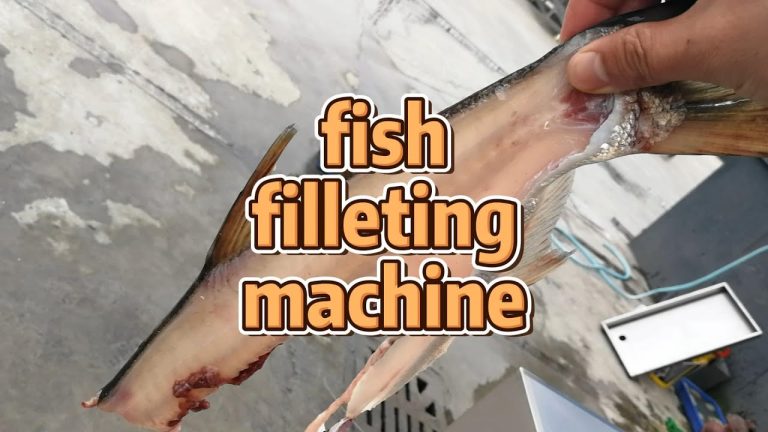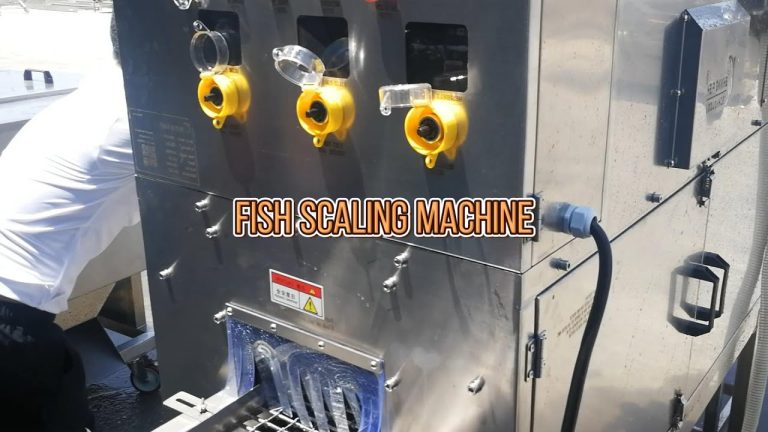Table of Contents
Choosing the Right Saw for Cutting Frozen Fish
When it comes to cutting frozen fish, using the right saw is crucial to ensure clean cuts and efficient processing. There are several factors to consider when choosing a saw for this task, including the type of fish being cut, the thickness of the fish, and the volume of fish that needs to be processed.
| Number | Products |
| 1 | Fish processing machinery |
| 2 | Scaling fish machine |
| 3 | Fish deboning machine |
| 4 | Fresh fish cutting machine |
| 5 | Fish skin removing machine |
| 6 | Bubble cleaning machine |
| 7 | Fish Glazing Ice Covering Machine |
| 8 | Fish visceral removing machine |
| 9 | Fish depress machine |
| 10 | Fish slicer machine |

One important consideration is the blade type of the saw. For cutting frozen fish, a saw with a serrated blade is often preferred as it can easily slice through the tough and icy texture of the fish without causing too much damage. Serrated blades are designed to grip the surface of the frozen fish, providing more control and precision during cutting.
Another factor to keep in mind is the power source of the saw. Electric saws are commonly used for cutting frozen fish in commercial settings due to their efficiency and consistent power output. Battery-powered saws can also be convenient for more mobile operations or when access to electricity is limited.
Safety Guidelines for Using a Saw to Cut Frozen Fish
Working with saws to cut frozen fish can pose certain safety risks, so it is important to follow proper guidelines to prevent accidents and injuries. One key safety measure is to always wear appropriate protective gear, such as cut-resistant gloves and safety goggles, to protect against potential hazards during the cutting process.
Before operating the saw, it is essential to ensure that the blade is sharp and in good condition. A dull blade can increase the risk of accidents and result in uneven cuts, so regular maintenance and blade sharpening are necessary to maintain optimal cutting performance.
Additionally, it is crucial to secure the frozen fish properly before cutting to prevent any slippage or movement that could lead to injuries. Using a stable cutting surface and holding the fish firmly in place can help maintain control and stability throughout the cutting process.



